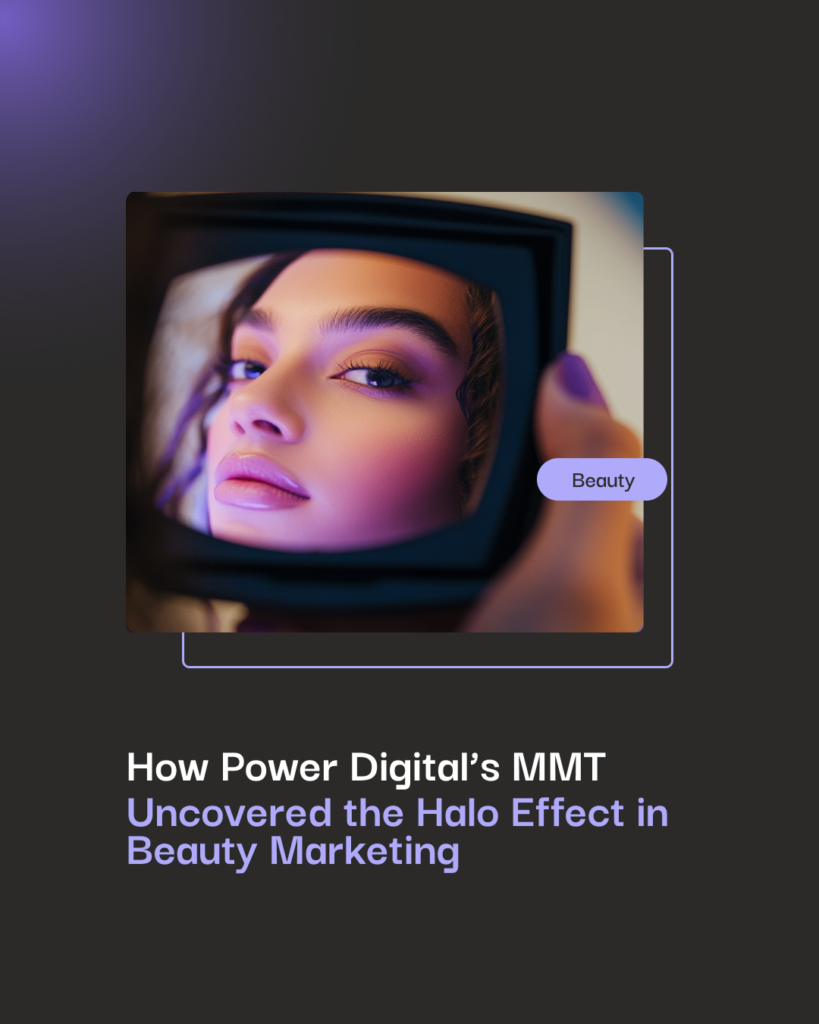Back to Basics: How to Start a Blog

So, you’re starting a blog? If so, you’ve likely heard that modern blogging is intrinsically tied to the phrase SEO when it comes to content marketing strategies. In a word, following on-page SEO practices is just as important as the words on the blog page, since they can determine where your site ranks on Google’s search engine results page.
But how do I even start a successful blog? And what are good SEO practices? Below, we’ll answer how to start a blog and more as we get back to the basics of blogging 101.
Why You Should Start a Blog?
Before you dive into starting a blog, it’s first important to briefly discuss why you should be doing it and how it can benefit you, especially if you’re a business owner.
Reasons to consider blogging include:
- Build an audience – Blogging gives you a free platform to potentially reach large numbers of people. By producing high-quality content, you can build an audience of readers and drive traffic to your site. You give them content that is of value—your opinions, thoughts, or expertise on a matter—before you ever ask them to buy something.
- Establish authority – Blogs allow you the opportunity to demonstrate your knowledge and confer your industry proficiency. Create a blog that is focused on matters tied to your field and you can establish yourself as an authority or leading voice in that area or topic.
- Drive sales – Blogging drives traffic and generates sales opportunities. Particularly if you have a pointed on-page SEO strategy, you will be able to improve search visibility, generate leads, stimulate audience engagement, and drive sales. In addition, it won’t simply boost traffic to your website but will help get the right traffic, which leads to more efficiency in conversions.
- Tell your story – This gives you an opportunity to humanize your business and connect with your readers on an emotional level. Themes include telling stories about people on your team, how your service came about, how your product has positively impacted others, or how your company has positively impacted the wider world.
Simply put, there are a multitude of reasons why starting a blog is necessary and even if one of these resonates with you, then it’s time to stop thinking about blogging; instead, start blogging.
Back to Basics: How to Start a Blog
If you’re wondering how to create a blog, there are 4 primary steps you’ll need to take to get it up and running. These are:
Pick a blogging platform
Although there are several options to choose from, it makes sense to go with one of the best blogging platforms, WordPress.org. According to WP Beginner:
While WordPress started as a blogging tool, it has evolved throughout the years into a powerful website builder and a robust content management system (CMS). The best part about WordPress is that it’s easy to use and flexible enough to make different types of websites. That’s the main reason why WordPress has grown so much in popularity. According to a recent survey, WordPress powers 32.3% of all website creation on the internet.
WP is free to use and has an easy setup. It has millions of themes and layouts, a huge online support forum, and makes it easy for readers to interact with the material.
Select a domain
Although you can have a free blog, it would be much wiser to self-host a blog on your own domain name, especially if the blog is for your business. So, if you don’t already have a domain, pick a hosting partner but don’t overthink it—the vast majority of domains are cheap and have easy one-click WordPress dashboard install buttons.
Design your blog
Once you’ve gotten all of the details out of the way, you can get into the fun part, which involves making your blog look however you want it to. There are thousands of customizable themes, layouts, and appearances you can choose from in order to make your blog reflect your vision for the website or your business. Get your bloggers cap on!
Get to writing
After the site is set up, it’s time to get to writing. Your blog will be useless if there’s little to no content to drive it and keep readers engaged. Ideally, you will want to create content clusters which we discuss here and can be defined as, “[A] part of a topic modeling strategy in which a “cluster” of content is created around a specific topic. The content should have relative keywords pertaining to a single pillar page or around one umbrella topic.” The blogs will contain affiliate links. Linking all of the content clusters together helps the website rank higher in search engines.
Elements to a Successful Blog Post
Once you’ve got the hard work out of the way, you can start blogging. But, before you do, there should be a template that you are using for every piece of content. By following the best-practices in both formatting, style, and SEO, you position your blog to perform better than it otherwise would. Utilize various design templates to maintain consistency and enhance the visual appeal of your blog.
So, what are the elements of a successful blog post?
It starts with the title
The title of the article is your first sale to the audience. If you don’t catch the reader’s attention immediately, they will go elsewhere. Therefore, the goal of every title should be to give a general indication about what the article will discuss, or in other words the topic, and be interesting enough to at least make the readers want to give the intro a quick glance.
From an SEO perspective, titles also help your page rank for keywords. It’s a good idea to have your title include at least one of the main keywords you’ve generated for the article. Failure to do so will impact your rankings.
Add in Keywords
Keywords are one of the most important aspects of on-page SEO. According to Search Engine Journal:
SEO keywords range from singular words to complex phrases and are used in website copy to attract relevant organic search traffic. However, keyword integration is just the start. When properly leveraged, targeted SEO keywords should be used to inspire all page content in order to satisfy searcher intent. From a searcher’s perspective, keywords are the terms typed or spoken into a search engine.
When you take the time to research and optimize keywords, they act as a lightning rod to ensure that your target readers finds the answers to what they were searching for in the first place. That said, be sure to avoid keyword stuffing (simply adding the keywords willy-nilly to the blog post) since such Blackhat SEO practices can get you kicked off of Google. Other banned practices include:
- Automatically generated content
- Cloaking
- Scraping content
- Creating pages with malicious programs
- Doorway pages
- Hidden text or links
- Link schemes
Quickly hook in your readers
Your lead intro should be quick, snappy, and concise. You want to pose an issue, propose a solution, and then explain what the reader can expect throughout the blog post. The goal is to suck in the audience and then push them towards the next paragraph.
Embrace sub headers
Thanks to websites and apps such as Twitter, Reddit, Facebook, etc., readers are turned off by large paragraphs of text. They can be daunting, especially for someone who wasn’t initially planning on reading a blog in the first place. A good idea for fixing this is by breaking up large paragraph clusters into subheadings. Doing so helps by:
- Boosting SEO
- Giving white space in order to make the page more visually appealing
- Highlighting key sections
- Helping readers quickly navigate the article
In addition, consider using bullet points and other such tools to further streamline content and make it easier for a reader to quickly scan your article for important points and themes. Quite often, readers will briefly skim a page and then decide whether or not they want to later dive in for a full read of the blog post.
Content-rich body paragraphs
If you want to build an audience, establish authority, or engage with readers, you have to do it in a convincing fashion in the body of your paragraph. This is your opportunity to demonstrate what you know or argue why readers should keep returning to your blog. In addition, Google’s search algorithm heavily rewards content that is new and fresh, since it means that most likely it contains the most up-to-date and relevant information.
Linking
In order to both flesh out and support your work and drive SEO, it’s crucial to have affiliate links, including external links to other websites and sources, as well as internal links to previous blog posts that may have delved more deeply into a subject that is only briefly touched upon in the current article. By linking your website’s pages to other high-quality sites, you signal to Google that your website is also legitimate. In addition, you encourage these sites to link back to you.
Add CTAs
Learn how to make your blog posts more strategic with CTAs. If you’ve successfully convinced your audience to read your entire blog post, they’re likely far more receptive to your sales pitch at this point. Knowing this, the end of every blog post should have a call to action. This can be anything from encouraging the reader to check out another blog post, download an eBook, sign up for a newsletter, or drive them further down the sales funnel. How to make your blog posts more strategic with CTAs.
Closing Thoughts
A blog is your chance to reach out to your target audience on a personal level. And truth be told, if you don’t have one, your competitor will. This means that your ideal customer will be going to them for industry advice and not you, that your website will struggle mightily to outrank the competition, and that you will lose out on a prime sales opportunity. Therefore, it’s essential that you follow the steps above on how to start a blog.
Once you’ve got the ball rolling, it’s crucial that you continue blogging fresh content on a regular basis. Publishing consistent, valuable, and relevant content isn’t easy and it will very likely take a good deal of time and effort; however, it will do wonders for your website and your sales figures.
So, what are you waiting for? It’s time to start writing.
Sources:
WP Beginner. 6 Important Reasons Why You Should Use WordPress for Your Website. https://www.wpbeginner.com/why-you-should-use-wordpress/
PDM. Benefits of a Content Cluster Strategy. https://powerdigitalmarketing.com/blog/benefits-of-a-content-cluster-strategy/#gref
Search Engine Journal. Why Keywords Are Still So Very Important for SEO. https://www.searchenginejournal.com/seo-101/why-keywords-important-seo/#close
PDM. Black Hat Tactics That Lead to a Manual Action. https://powerdigitalmarketing.com/blog/seo-black-hat-tactics-that-lead-to-a-manual-action/#gref
Our Editorial Standards
Reviewed for Accuracy
Every piece is fact-checked for precision.
Up-to-Date Research
We reflect the latest trends and insights.
Credible References
Backed by trusted industry sources.
Actionable & Insight-Driven
Strategic takeaways for real results.






